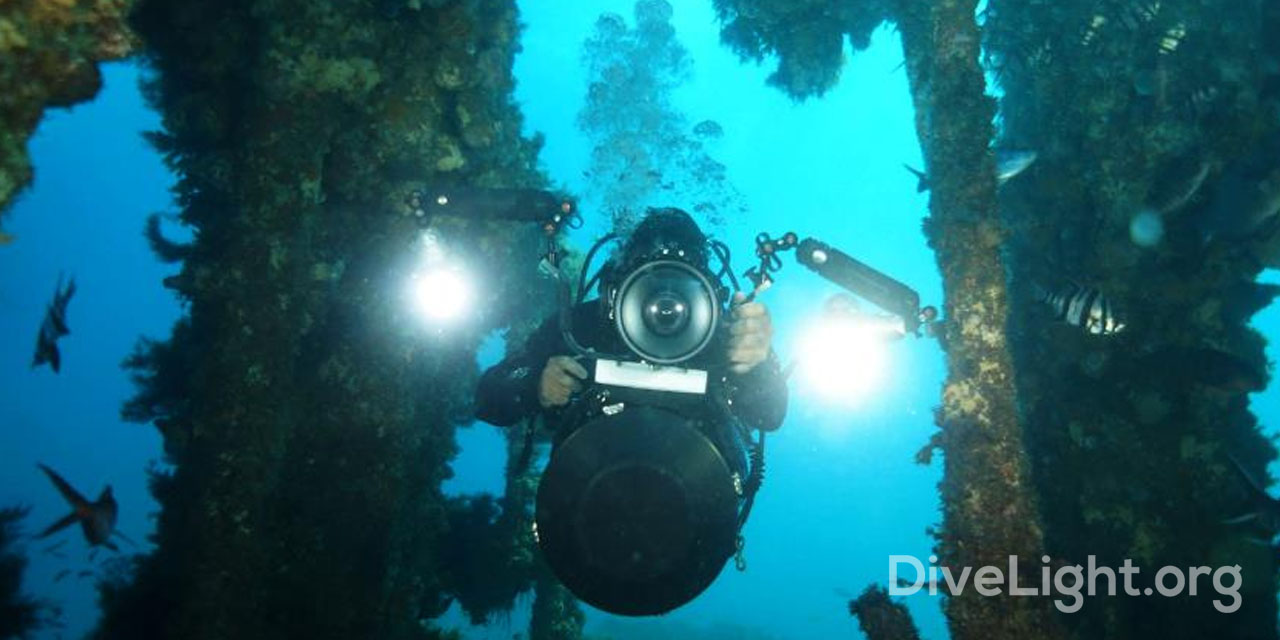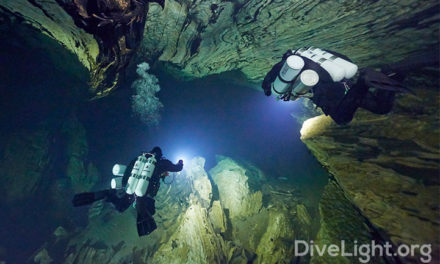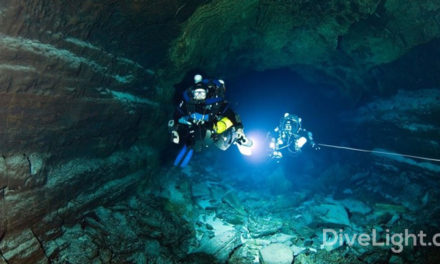Underwater lighting has improved immensely over the years. There used to be those enormous acid battery packs that would not last the duration of a single dive. Videography cave dive lights can be a huge investment, and that’s why it is important that you get a feel for some of the features available so you can choose the best light.
Here are some key features that you should consider when shopping.
Light Brightness (lumens)
This is the accurate measure of how bright of a light the dive light emits. The lumens, indicated on the dive light’s packaging in most cases, should help you to make a comparison between different lights available on the market. The higher the number of lumens, the brighter the light.
Duration and Beam Quality
Generally a light with higher lumens will tend to consume more energy than a light with lower lumens on a battery with the same capacity. Fortunately there are lights that are designed to be more energy efficient, such as LED lights. As a videographer, you want a light that offers a consistent bright beam, and therefore it’s important that you look for dive lights with higher battery capacity and an efficient bulb.
Beam Curve
A good light should be labeled clearly by the manufacturer as to whether it’s a “spot” or a “flood” beam, and also the amount of degrees of coverage it will deliver. Most videographers will want a wide beam light for coverage of a larger area and a tight beam light for more controlled illumination.
Weight and Size
There is a limit to the size of the lithium battery that you can actually travel with on a commercial airline. Find smaller units that are also equipped with a special lock out mode that completely disables the lights for safer airline travel.
Getting the best videography light for your cave dives will require some serious research. It will, however, be all worth the extra work when you’re gliding through the water and capturing your adventure on film.






